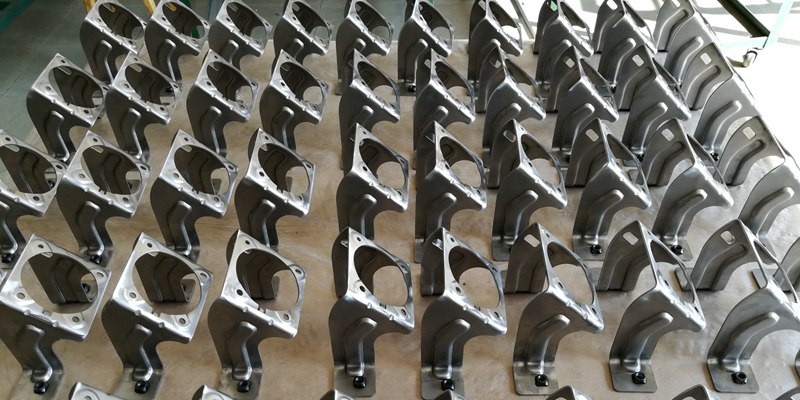- October 14, 2021
Sheet metal bending is one of the most basic manufacturing processes used for sheet metal fabrication. It is sometimes also referred to as just bending, folding, braking, or edging. Bending sheet metal means the deformation of a workpiece to shape it into a certain desired geometry.
Since the increase in demand for custom-made products, sheet metal has extended its applications. Bending Sheet metal requires to go through multiple processes and utilizes multiple techniques before a product takes its original shape. This article includes all necessary methods and processes of bending in detail. Before we go deeper into the processes, let’s explore the basic definition of sheet metal bending.
What is sheet metal bending?
Sheet metal bending is a method to bend/shape the sheets of metal to manufacture a product of certain geometry. It is also a basic operation to make the metal stamping parts. Force is applied to a workpiece with the help of a sheet metal bending machine to transform its geometry to attain a product with the desired shape. The process is not as simple as it appears, yet there are certain dimensions, and rules to be fulfilled to carry out a sheet metal bending procedure, for example, checking the material of the product, calculating k-factor, the shape of the metal, and many more. The malleability property of the metal makes it very special in bending operations.
There are different machines doing the bending work for manufacturing industries. One machine can make use of different bending methods to do the same work. All products that require bending in their manufacturing process go through the same methods that will be discussed further in this article. Let’s dive right into sheet metal bending techniques.
What are common methods for Bending Sheet metal?
All sheet metal parts have the same goal which is to bend a sheet of metal to attain a certain product shape. But these methods differ in their performing operations. These various types of bending in sheet metal are fulfilled with the help of machines. Different bend sheet metal is different in the bend angle and bends radius with the same goal along with the standard techniques which not only ensure precision in work output but also a better aesthetic workpiece product. Below are mentioned some of the major methods and types of bending in sheet metal processes.
1. V-bending
V-bending is the most common sheet metal bending process. It involves the use of machinery tools called to die and punch. The die used in this bending process is a V-shaped die, while the punch is also designed in a V-angled shape. The punch presses on the sheets of metal into a V-die and this is how the V-bending of sheet metal is obtained.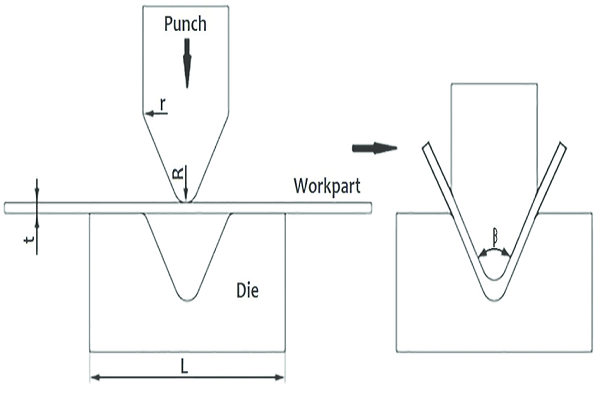
2. Roll Bending
This sheet metal bending technique involves bending the sheets into curved forms. This technique makes use of roll bending sheet metal criteria, that involve the use of three rollers, a hydraulic pressing system along with a brake. The distance between the three rollers allows the manufacturer to bend the sheets in curves.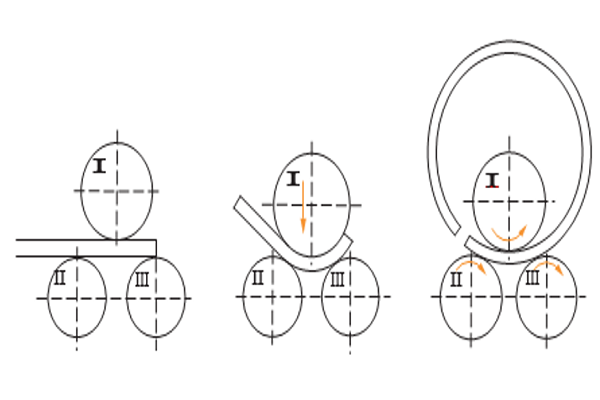
3. U-bending
U-bending is exactly similar to the V-bending method. This method makes use of a U-shaped punch along with a U-shaped die. The only difference between V- bending and U-bending is that the resulting sheet is in a U shape instead of a V shape.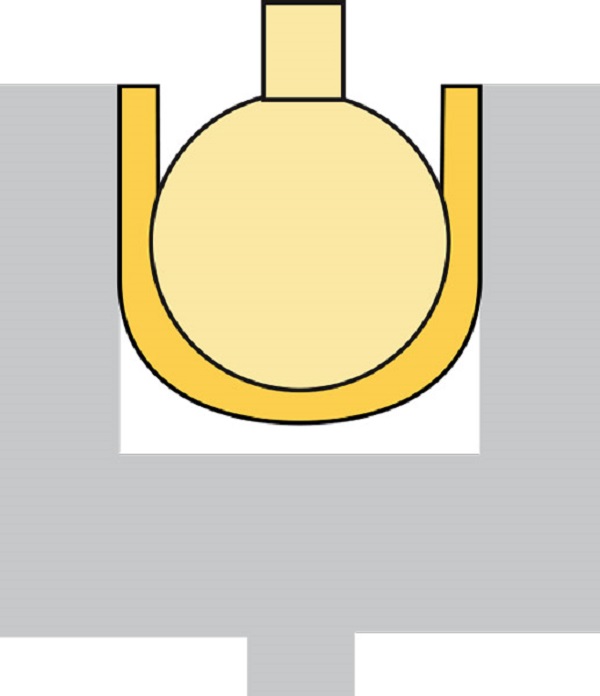
4. Rotary bending
The rotary bending method is deployed wherever a bending of greater than a 90-degree angle is required. It can also be considered similar to that of V-bending, but the output in this process is more uniform and aesthetic as the metal sheet bending machine used in this method doesn’t scratch the surface of the sheet.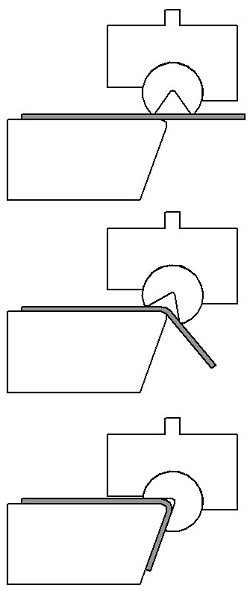
5. Edge bending
This technique of edge bending sheet metal helps the manufacturer to bend the edges without damaging them. The sheet metal edge bending method is most commonly utilized in those sections of sheet metals that are shorter than the remaining metal part. It helps eliminate the sharpness of the corners and increases the aesthetic appearance of the outcome.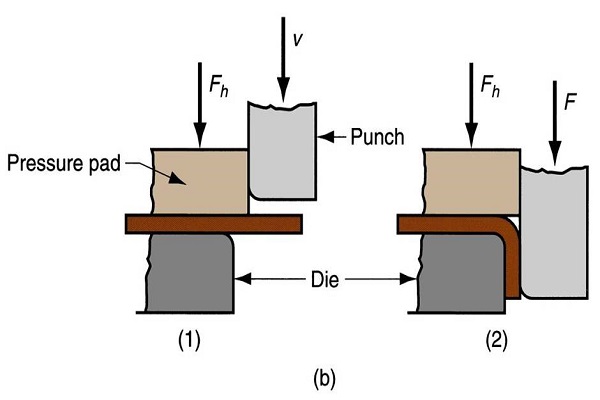
6. Wipe bending
This bending method makes use of a wipe die. The sheet of metal is carefully placed inside the wipe die, and a pressure pad applies pressure on the sheet. Later on, the punch is used to make the desired bend in the sheet.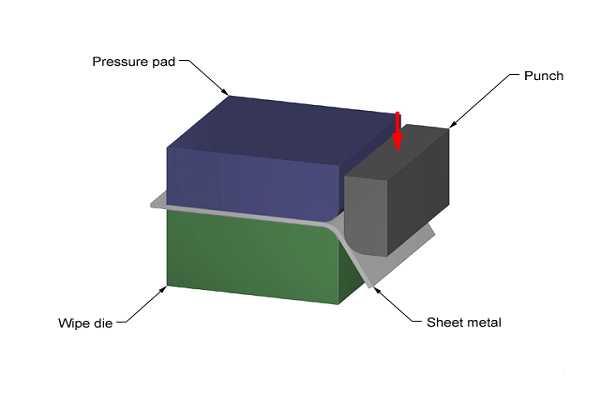
Above are discussed some techniques of sheet metal bending procedures. These are just a few basic techniques to cover the overview of these methods. On the other hand, each of these methods is further sub-divided into relevant categories. Now, moving forward, let’s focus on the material requirements for a sheet metal bending process.
What Materials Are Good for Sheet Metal Bending Processes?
You cannot bend an elastic-plastic material on a bending machine. If tried then it may damage your machine as well. Special care must be made when you decide on the materials that will undergo sheet metal bending in their manufacturing process. Let’s have a look at some of the good materials recommended for sheet metal forming and bending.
- Carbon steel. Carbon steel is one of the most flexible and strong materials to be used in a sheet metal operation. As this material is recyclable, hence it will help to reduce the carbon footprints as well.
- Aluminum. Aluminum is largely used in lightweight applications. Special care must be taken in bending the aluminum material to avoid collapsing or cracking in the corners of the material.
- Stainless steel. Stainless steel comes to one’s mind first when the resulting product needs to have the properties of robustness and better metal strength. Stainless steel also requires the use of a high-power sheet metal bending machine to shape the product.
- Titanium. Titanium is corrosion-resistant material and high strength material – much suitable for sheet metal bending techniques. If your product is medical or sports equipment, then the most preferred material from your list should be titanium.
- Copper. Cost is the strongest anti-corrosive material yet the cheapest. High precision sheet metal bending is obtained from copper. Copper is a tested material being used widely by many metal bending industries throughout various applications.
These are some of the best materials used in various types of bending in sheet metal. Carbon steel is the most commonly used material among the above-mentioned materials. There are many more metals that can be helpful in a bending process. But make sure to conduct a good research before finalizing the material.
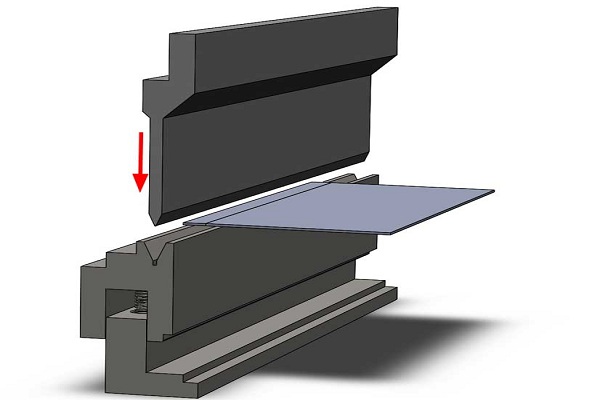
Tips for Bending Sheet Metal
To ensure that your metal bending goes perfectly, we are providing you with some tips which you can consider in your sheet metal bending techniques.
Make use of bend allowance
Bend allowance is a property of the metal to the extent it can be bent. We recommend you make bend allowance calculations that determine the length of the sheet required to make a bend of a specific angle and radius. Keeping the bend allowance and bending force into consideration during a manufacturing process will help you to obtain a neater product outcome. It will also help you achieve an accurately flattened manufacturing model.
Use Heat for thick/heavy Bends
Some metals are likely to break or crack when bending is made from the force. Such metals require the use of heat instead of force to make the desired bend in sheet metal. Hot forming and Annealing are two technical terms when it comes to bending with heat. Annealing helps to soften a metal – more malleability. While hot bending is simply the use of heat till the metal gets red and then using force to bend it. These tricks majorly reduce the risk of metal braking and cracking.
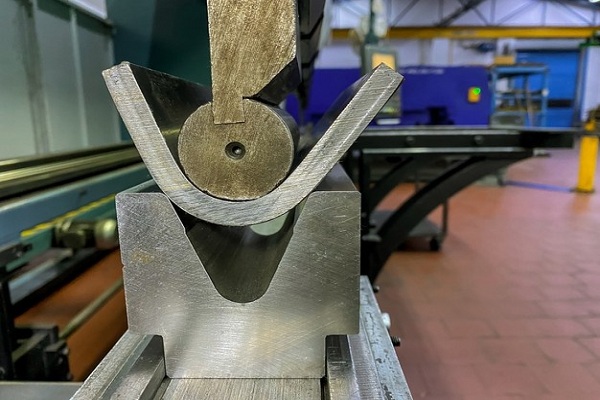
Don’t bend to a Sharp Internal Corner
Sharp internal corner bending means greater internal stress. Even if the metal is ductile and malleable, it may end up cracking. This issue can be majorly avoided if you consider the radius of the bending tool. You should slowly work back and forth between your bend lines until the sheet metal is bent to the desired angle. An eye should be kept on the inside bending radius, which must be equal to the forming sheet metal thickness. An example can be the way, if you are bending a sheet thickness that is 3 mm thick, then the inside bend radius should also be 3 mm. The same is the case with bending angle, which means that it must not be greater than the overall thickness of the metal sheet.
These are some tips to be considered in bending sheet metal. Making sure to check each of the above tips will help you achieve a product with greater efficiency.
Conclusion
While manufacturing a metal product, the sheet metal bending rules must be kept in mind and be proficient in multiple processes to avoid failure. It can become difficult if the proper measures are not taken. Contact WayKen will solve all your problems regarding sheet metal bending.

